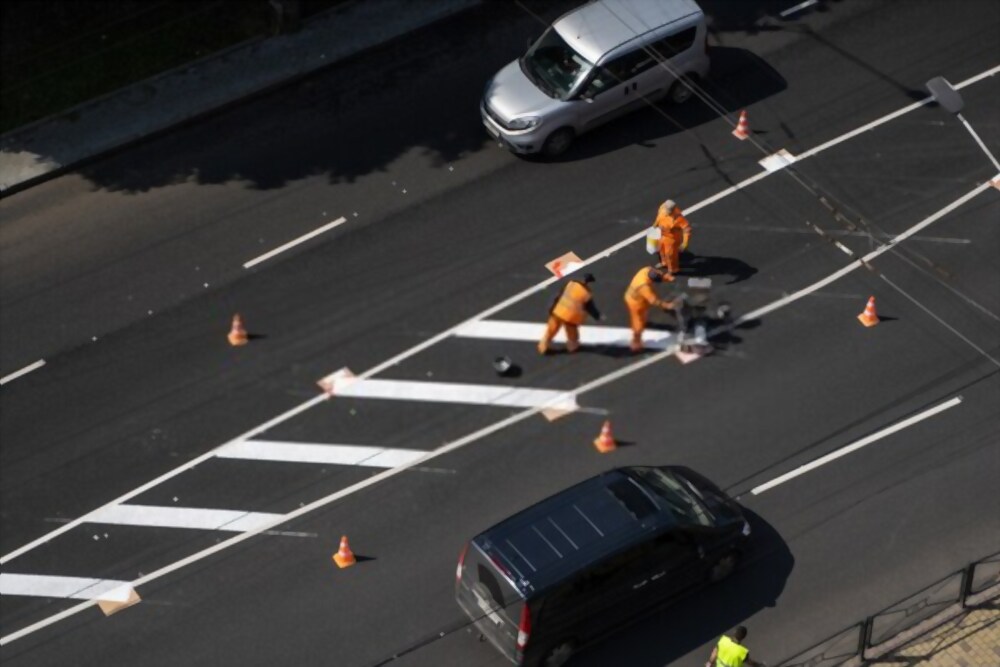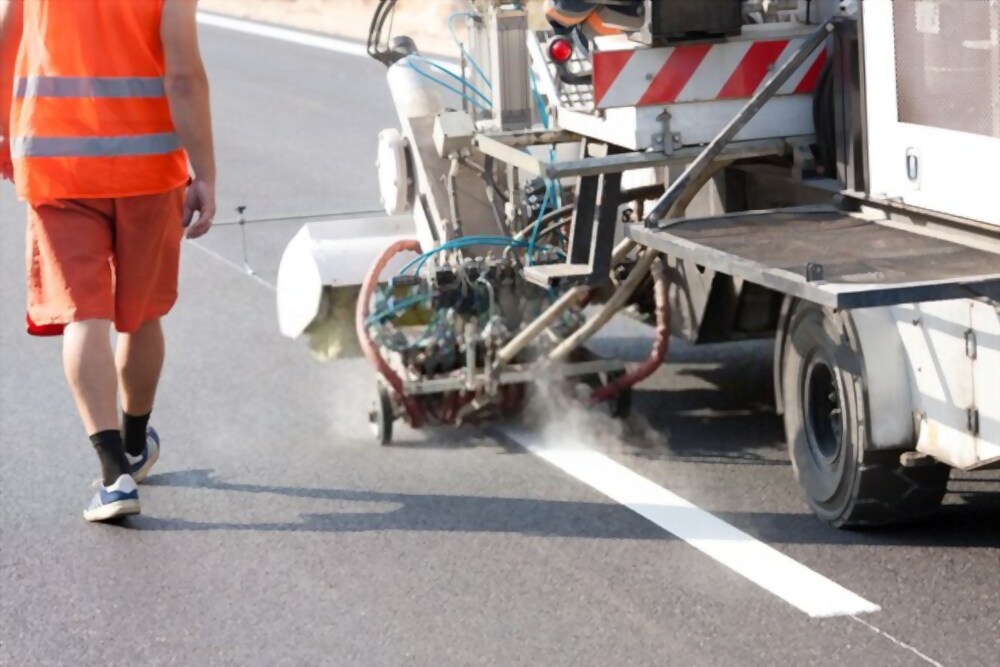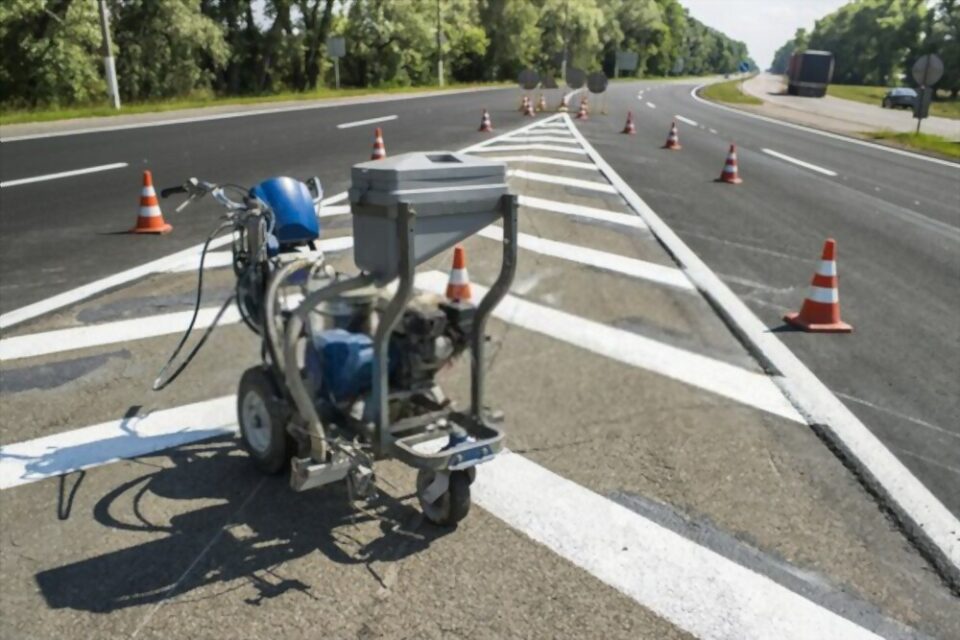You will see pavement markings in almost all the roads but it takes a lot of effort, research, and precision to make sure that the thermoplastic pavement markings are long-lasting and effective. The most important factor to consider is the PMR or Pavement Marking Retro-reflectivity. PMR degradation is a common issue that needs to be looked into seriously.
Actually, PMR is found to follow a specific exponential curve trend. This means that the rate of degradation will decrease over time. Several types of research have already conducted that show a significant difference in the rate of deterioration of the thermoplastic pavement markings. This deterioration is based on a few particular elements such as:
- The colors, whether it is white or yellow, and
- The line type whether it is centerline, edge line, or lane line.
The white markings on a two-lane roadway are found to have a low deterioration rate and higher performance. Especially at the edge lines. This is in comparison to a four-lane highway.

Another important factor that is considered is the Transition Probability Matrix or TPM. If the period of time is shorter, it is found that the retro-reflectivity is exceptionally good. The probability of it is 54% in comparison to 92% if the thermoplastic pavement markings are exposed for a longer time.
Significance of retro-reflectivity
Retro-reflectivity, which is also called retro-reflection sometimes, is the optical property where the reflected rays of light are reflected preferentially in directions that are close to the directions of the source rays but in the opposite way. This property actually determines the wider variations of the incident rays and its directions.
Retroreflection is a phenomenon that involves achieving multiple reflections within the retroreflector. This is called the ‘Glass Bead.’ This is actually a measure in milli-candela per square meter per Lux. This indicates how well the thermoplastic pavement markings are seen by the people at night especially. In short, retroreflection is the complex term for nighttime visibility.
This is based on luminous intensity, measured in Candela, or cd, its SI base unit. This indicates the luminosity function, which is the power of the light emitted in a specific direction. Lux, denoted as lx, is the SI or International System of Unit of illuminance. This is denoted as lumens per meter squared. This illuminance is a measure of the luminous flux spread over a particular area.
This retroreflection technology and measure is not only used in thermoplastic pavement markings but also to measure the distance, a process called ‘time of flight’ measurement.
The methodology adapted
For thermoplastic pavement markings, a specific methodology is followed.
- Plotting the points as per the engineer’s directions
- Scrubbing of the surface of the road to remove dust
- Blowing the dust with an air compressor
- Pre-marking the lines using a string and chalk, and
- Heating the thermoplastic material to 180°C using a pre-heater with a hydraulic stirring setting.
Everything should be done precisely, especially the temperature to which the thermoplastic material is to be heated.

It is also required to use proper machines for thermoplastic pavement markings. The list includes:
- A hand-push or fully automatic machine to mark the pedestrian crossing and centerline
- A road marking machine to which the molten thermoplastic material is to be transferred from the pre-heater and
- An applicator machine to maintain the temperature of the material.
The thermoplastic material is to be is applied through the heated shoe of the applicator machine ensuring a thickness of 2.5 mm.
Simultaneously, the glass beads are dropped at 300 gm/m².
Therefore, the process involves a lot of calculation and precision to make the thermoplastic pavement markings last for a longer time.

